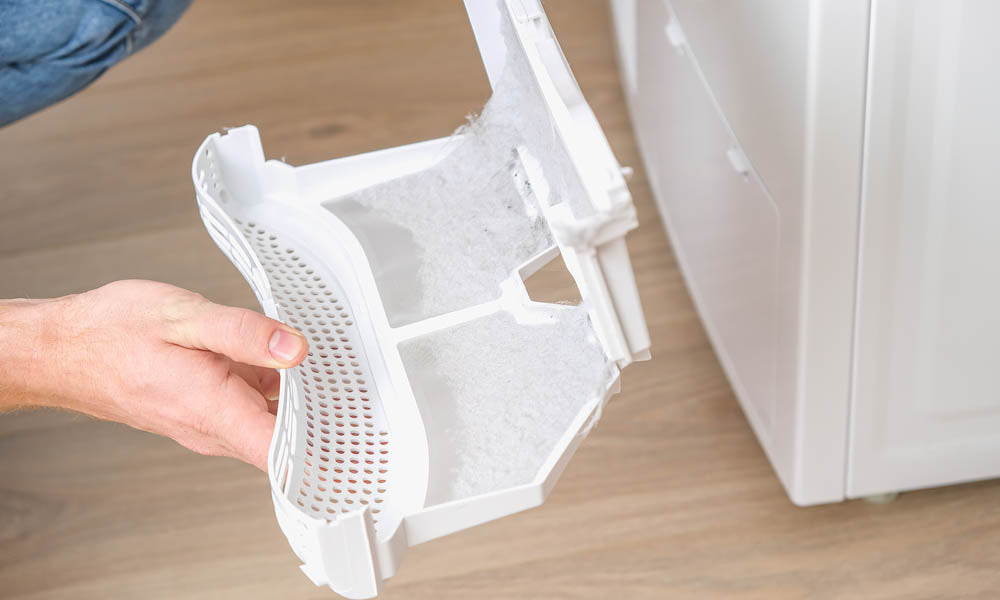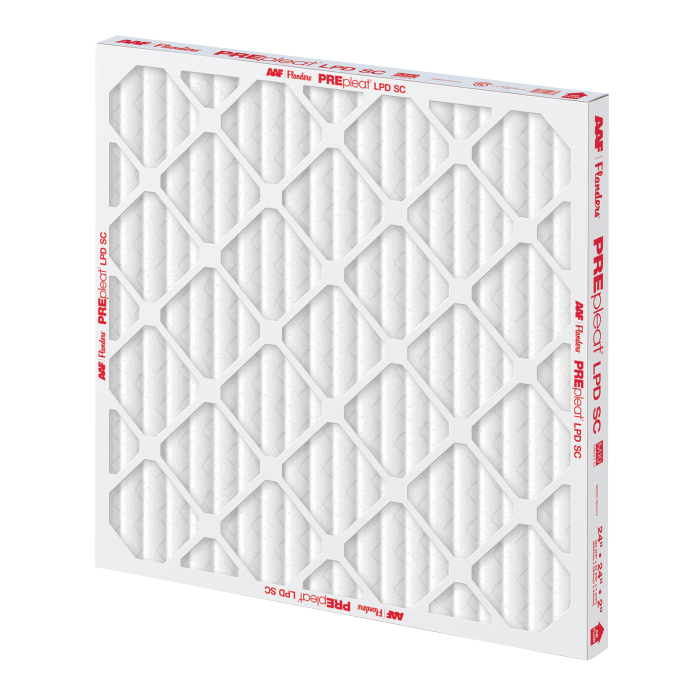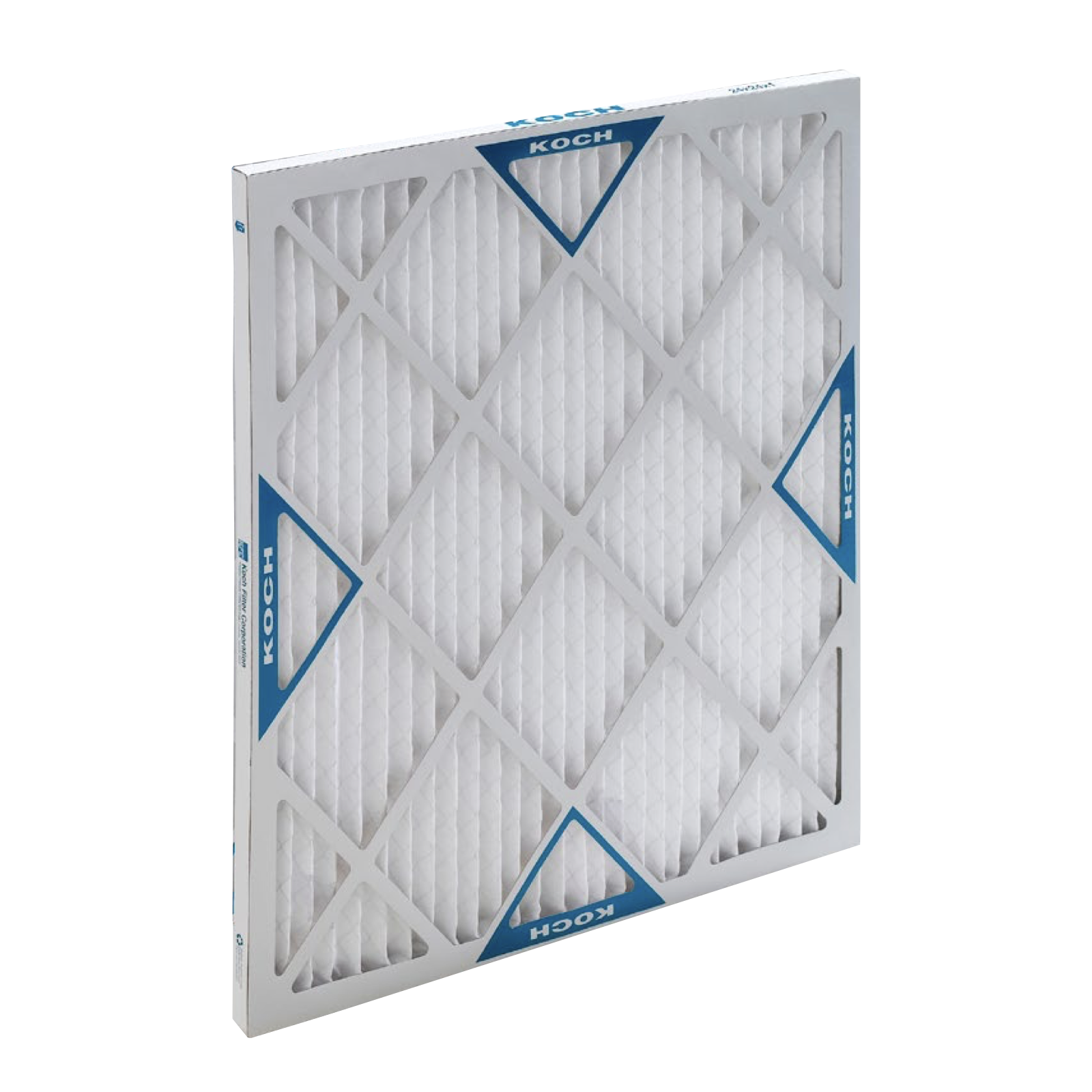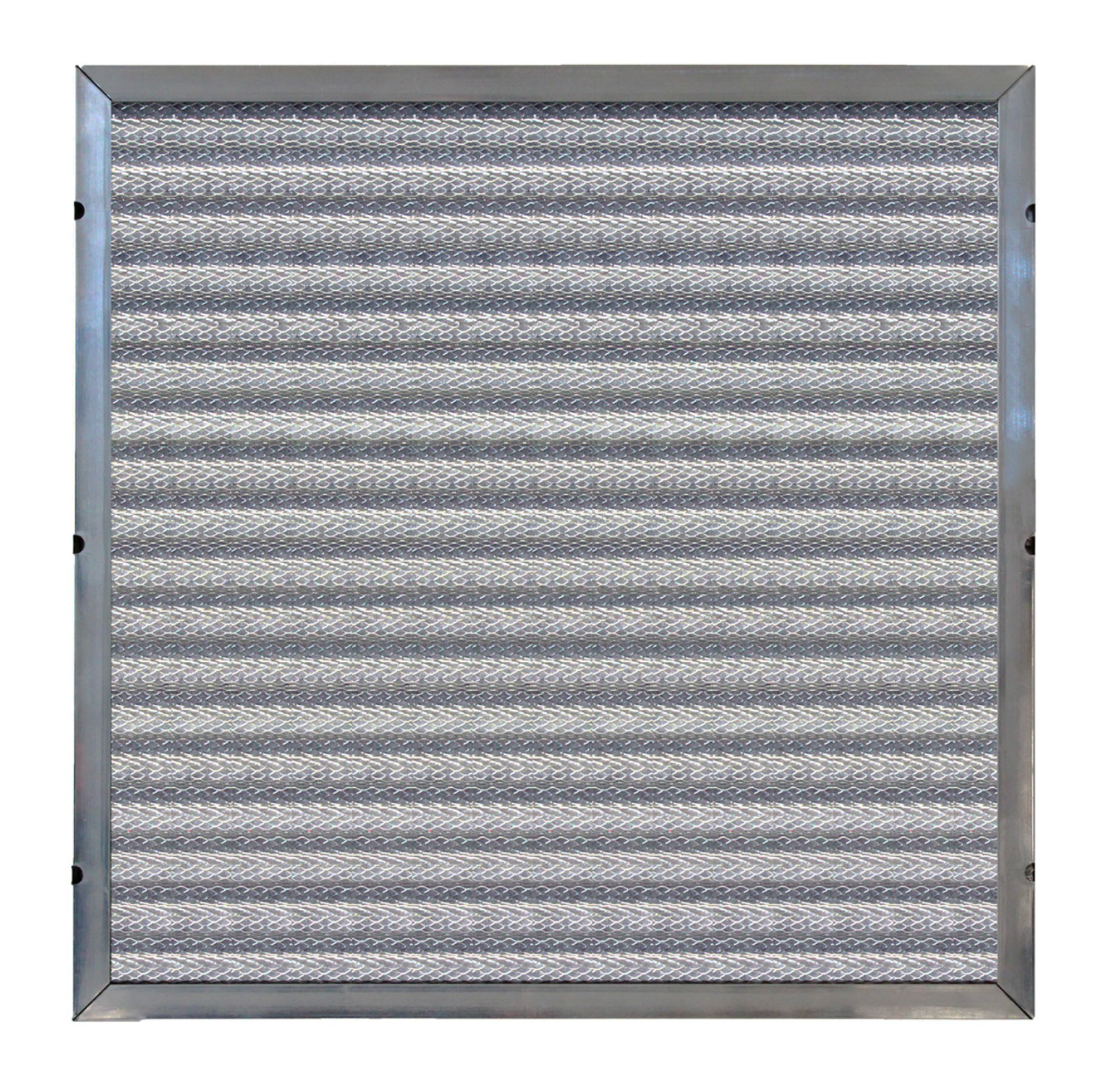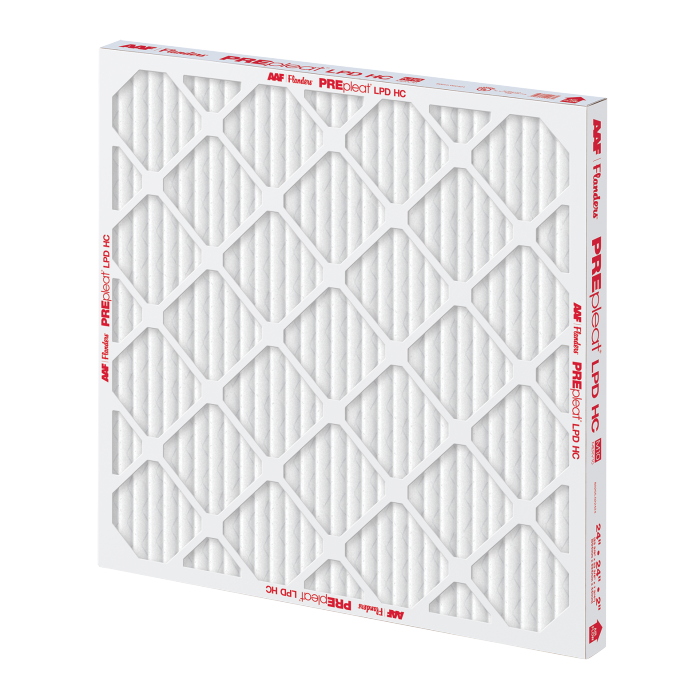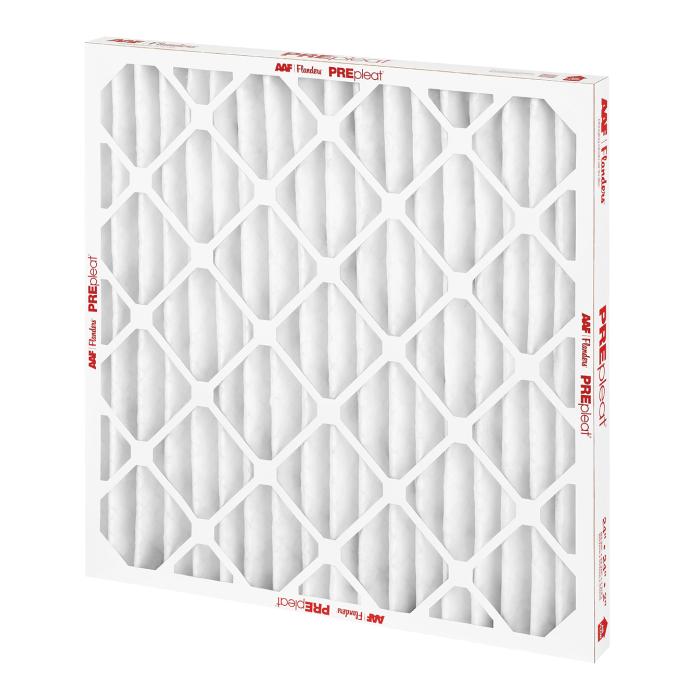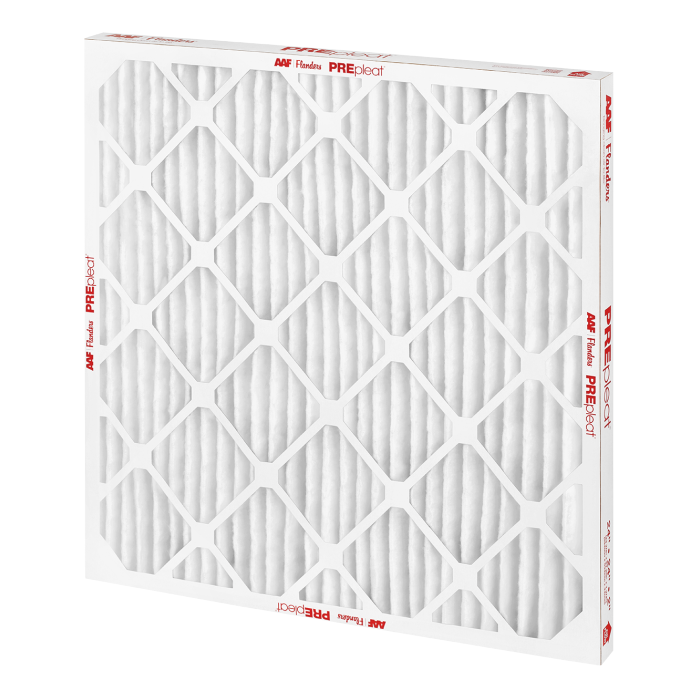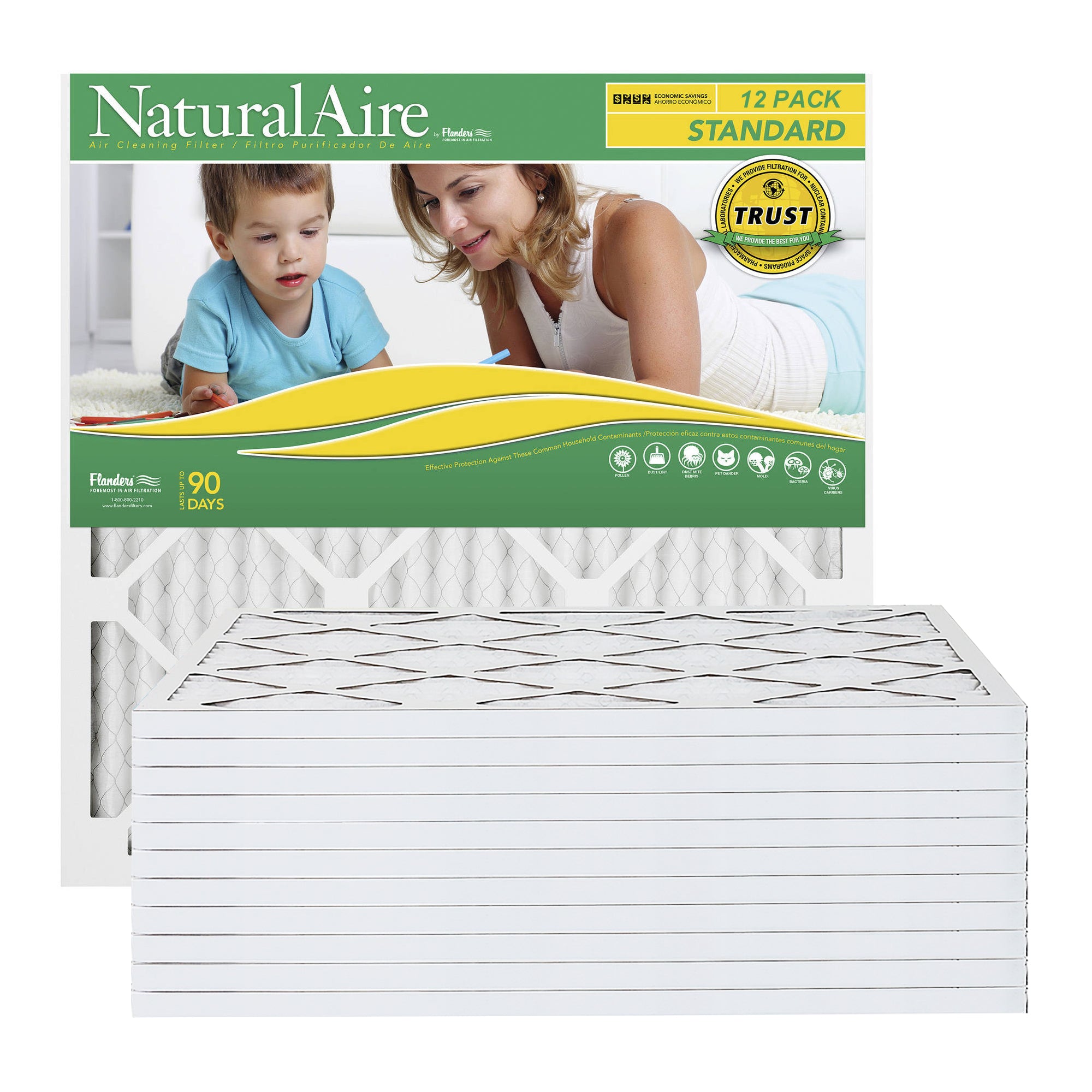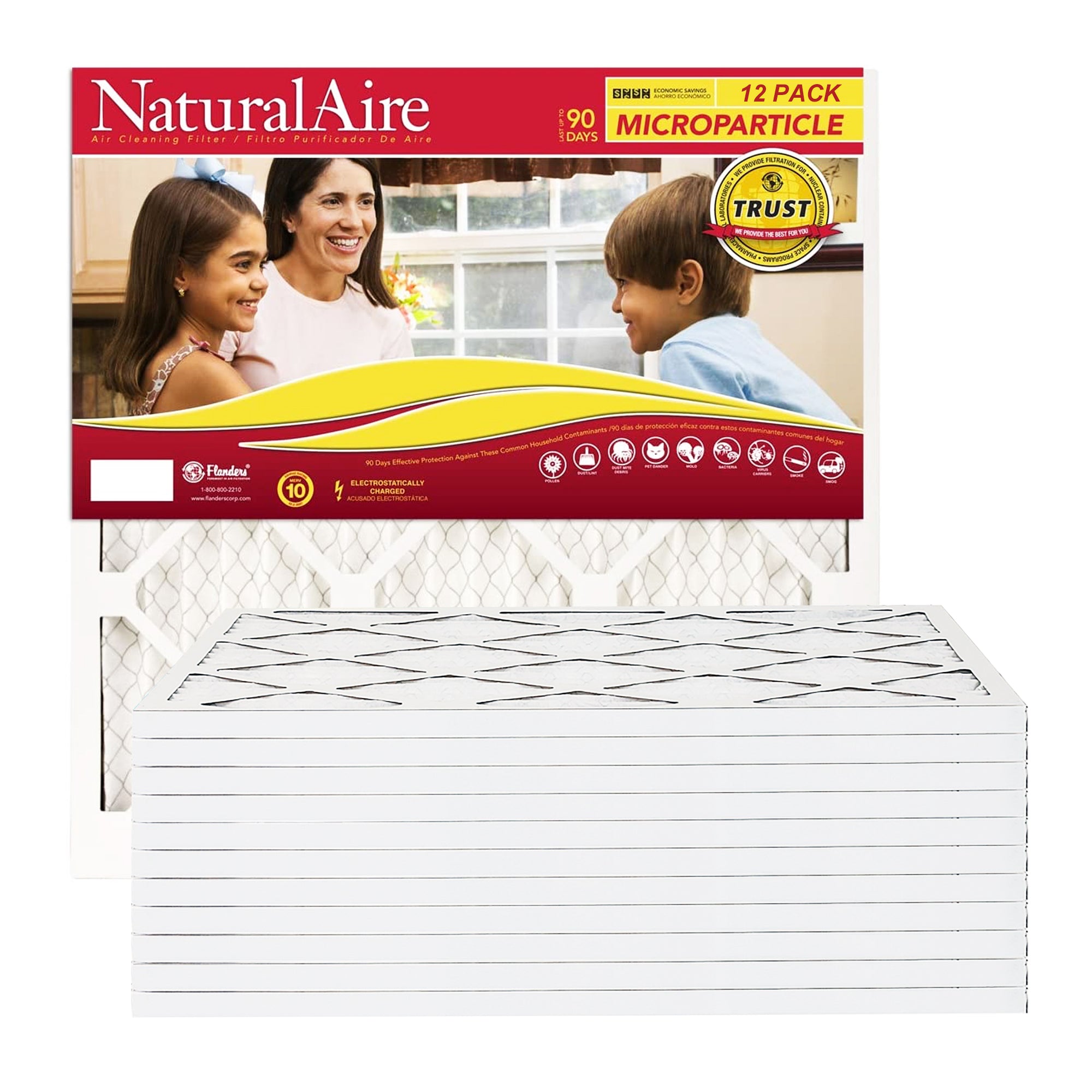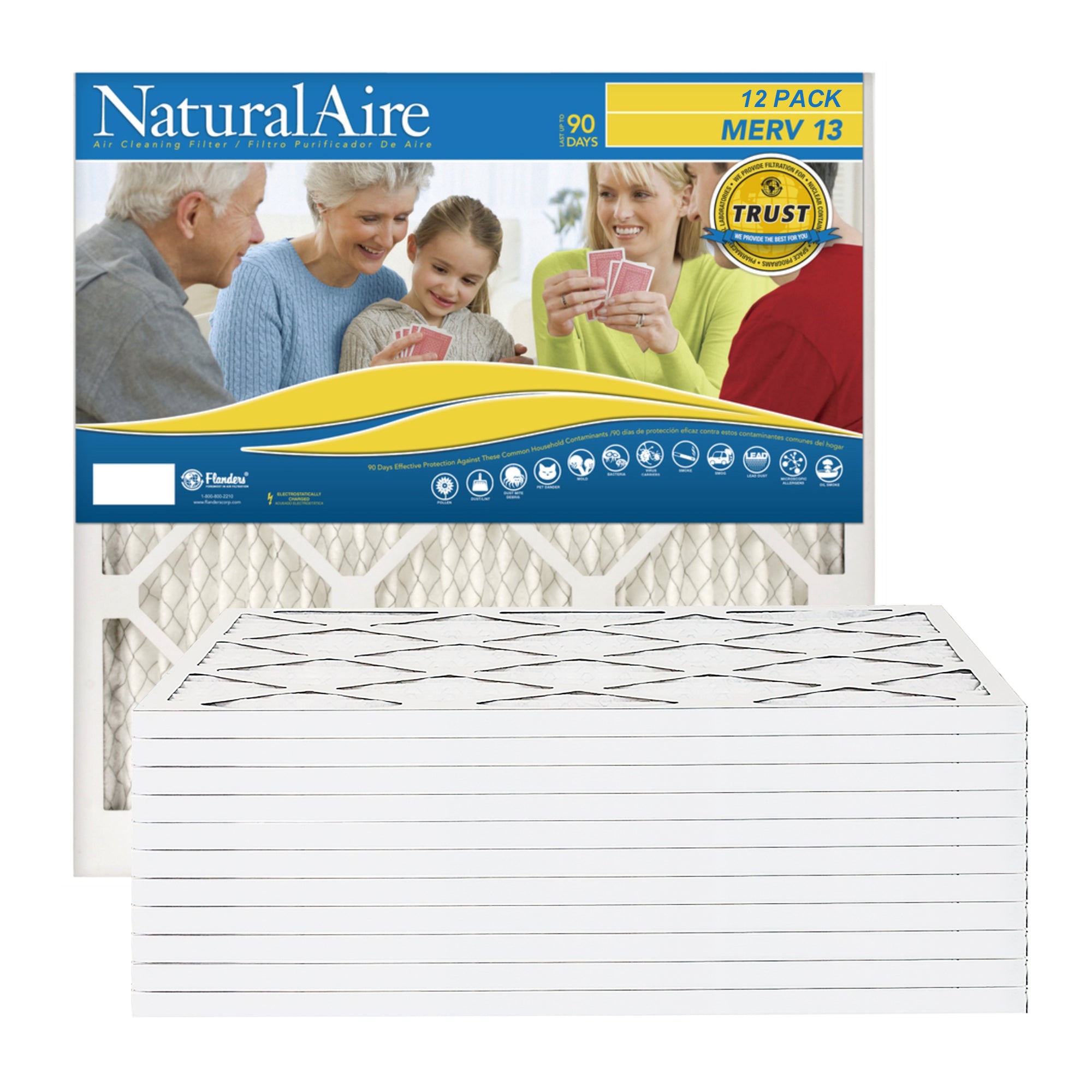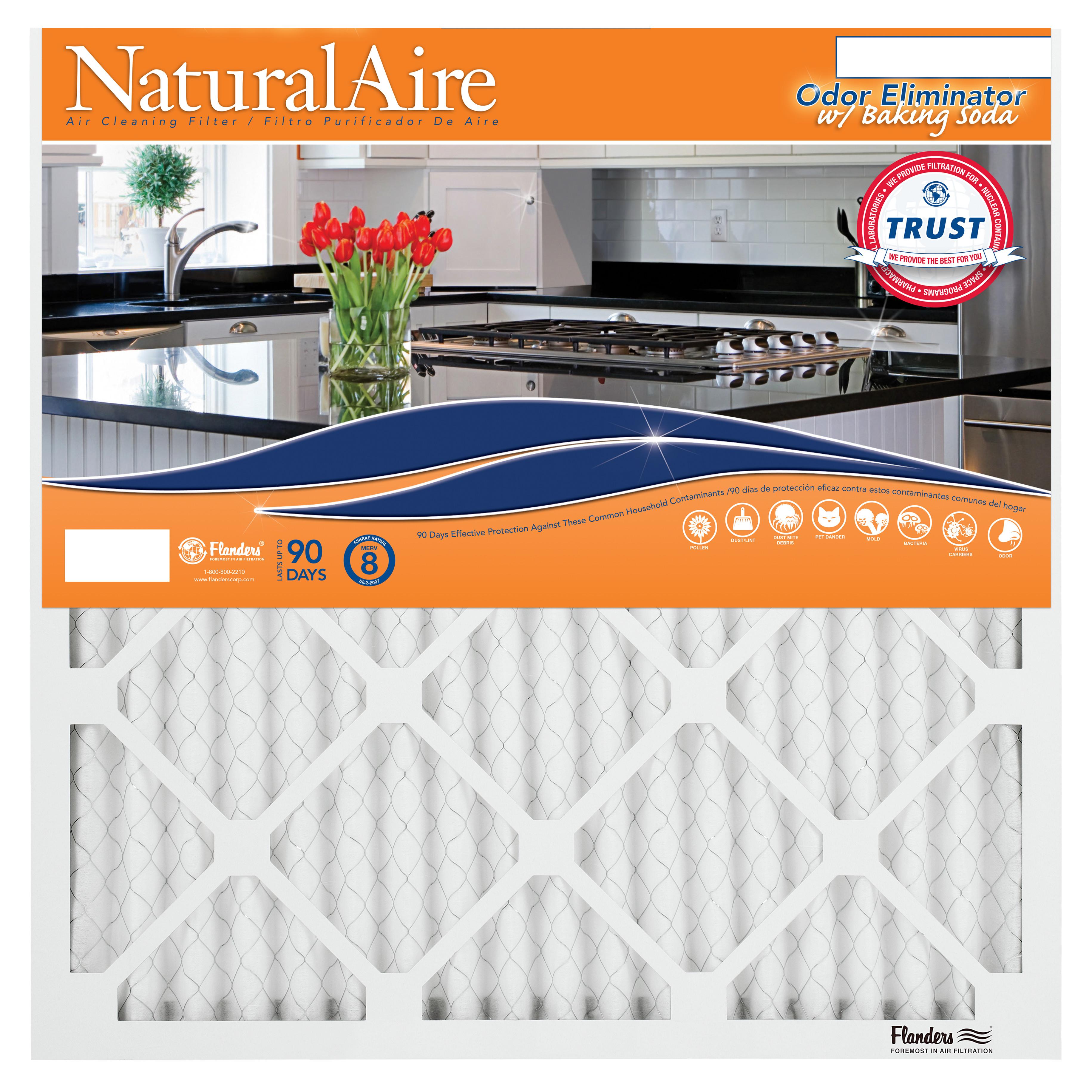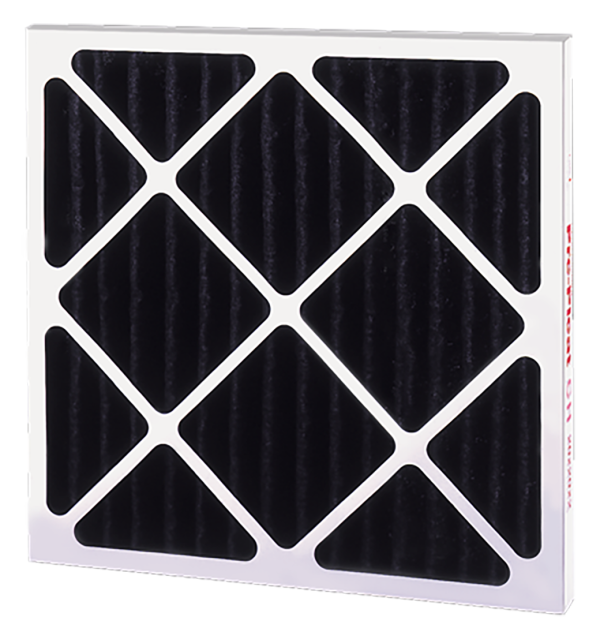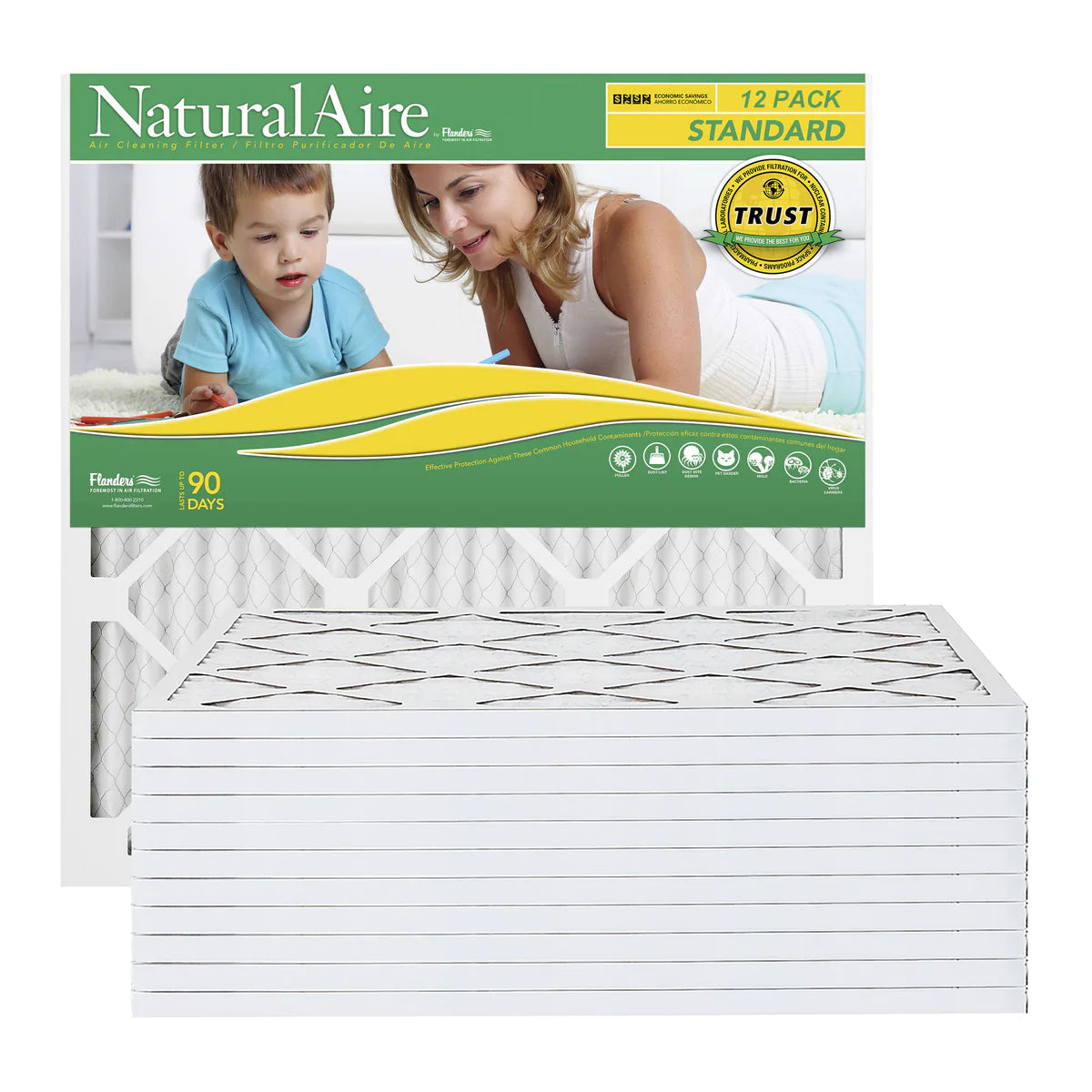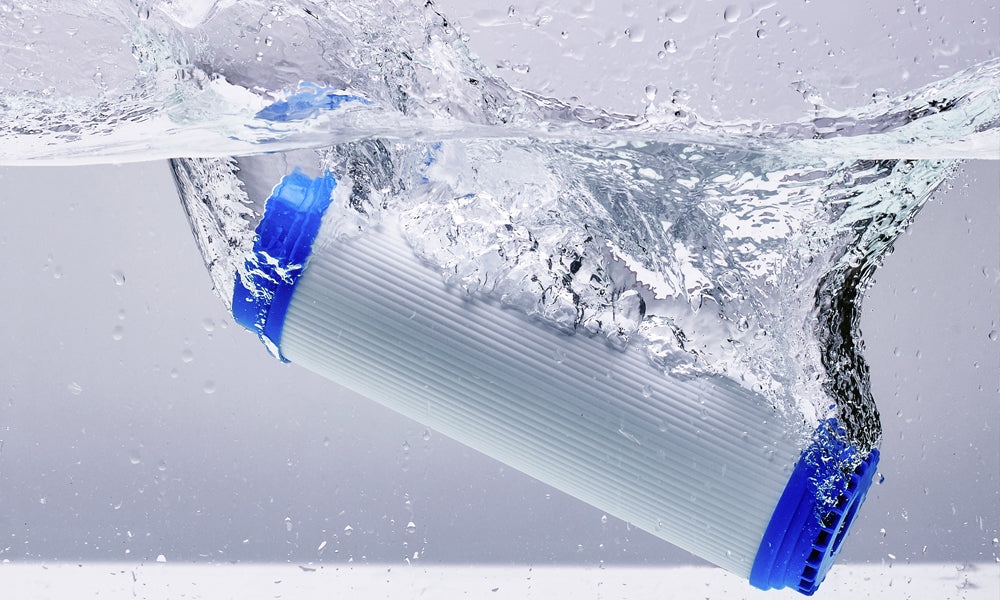Lint can contribute to poor indoor air quality. Check out these tips to limit its impact.
What is Dryer Lint?
Dryer lint is the accumulation of tiny fibers and particles that come off your clothes during the drying process. It is made up of materials such as cotton, polyester, and wool. Lint is created when your clothes rub against each other, causing friction and releasing these particles.
How Does Dryer Lint Affect Indoor Air Quality?
Dryer lint can have a negative impact on your indoor air quality. When you dry your clothes, the lint is released into the air and can become airborne. These tiny particles can then be inhaled, leading to respiratory issues, especially for individuals with allergies or asthma.
How to Limit the Impact of Dryer Lint on Indoor Air Quality
Here are some tips to help you minimize the impact of dryer lint on your indoor air quality:
1. Clean the Lint Trap Regularly
The lint trap, located inside your dryer, is designed to catch lint and prevent it from entering the ventilation system. Make sure to clean the lint trap after every load to ensure it functions properly. Removing the lint from the trap will help improve the efficiency of your dryer and reduce the amount of lint released into the air.
2. Clean the Dryer Vent
In addition to cleaning the lint trap, it's essential to clean the dryer vent regularly. Over time, lint can accumulate in the vent, restricting airflow and increasing the risk of a fire hazard. Hire a professional or use a vent cleaning kit to remove the lint buildup and improve the ventilation system's efficiency.
3. Use a Dryer Vent Cover
Installing a dryer vent cover can help prevent lint from escaping into your home. The cover acts as a barrier, allowing the air to flow out while trapping the lint. It's an effective way to reduce the amount of lint circulating in your indoor air.
4. Replace Your HVAC Filter
Lint particles can also find their way into your HVAC system, affecting the overall indoor air quality. Regularly replacing your HVAC filter can help capture these particles and prevent them from recirculating in your home. A clean filter will improve the efficiency of your HVAC system and ensure cleaner air.
Conclusion
Dryer lint can indeed affect your indoor air quality. By following these tips and taking proactive measures to minimize lint accumulation, you can improve the air you breathe in your home. Remember to clean the lint trap, dryer vent, and consider using a dryer vent cover. Additionally, don't forget to replace your HVAC filter regularly to maintain optimal indoor air quality.

